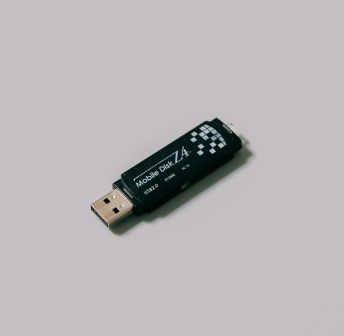 The Persistent Linux USB, also recognized as a persistent live USB or persistent USB drive, stands out as a dynamic and portable solution, enabling users to operate a fully functional Linux OS directly from a USB flash drive. This innovative approach brings forth a myriad of advantages, including unparalleled portability, persistent data storage, and the ability to carry a personalized computing environment wherever one ventures.
The Persistent Linux USB, also recognized as a persistent live USB or persistent USB drive, stands out as a dynamic and portable solution, enabling users to operate a fully functional Linux OS directly from a USB flash drive. This innovative approach brings forth a myriad of advantages, including unparalleled portability, persistent data storage, and the ability to carry a personalized computing environment wherever one ventures.
This article delves into the concept of Persistent Linux USB, highlighting its advantages, and providing insights into its creation and utilization.
Understanding Persistent Linux USB
At its core, a Persistent Linux USB transforms an ordinary USB flash drive into a portable Linux haven. Unlike traditional live USBs that revert to default settings after each reboot, a persistent live USB retains changes, configurations, and installed applications, thanks to a writable partition on the USB drive that stores user data and modifications.
Advantages of Persistent Linux USB

- Portability. The standout feature of a Persistent Linux USB lies in its remarkable portability. Users gain the ability to carry their personalized Linux environment in their pocket, enabling them to use their preferred operating system on any USB-boot-enabled computer.
- Data Persistence. Diverging from typical live USBs, the persistent version maintains data and settings across sessions. Users can seamlessly save documents, install additional software, and customize the desktop environment, fostering a personalized and efficient computing experience.
- Privacy and Security. Persistent Linux USBs introduce a heightened level of privacy and security. Operating the entire system from the USB drive ensures no trace is left on the host computer, a valuable feature for users concerned about leaving digital footprints on public or shared computers.
- Maintenance and Updates. Users gain the flexibility to perform system updates and software installations directly on the persistent USB drive. This ensures the Linux environment remains up-to-date without impacting the host system.
Creating a Persistent Linux USB
The process of crafting a persistent Linux USB involves a few key steps:
- Choose a Linux Distribution. Opt for a Linux distribution that supports persistence, with popular choices including Ubuntu, Fedora, and Debian. Confirm that the selected distribution provides a persistent option during the live USB creation.
- Use a USB Creation Tool. Employ a USB creation tool like Rufus, UNetbootin, or BalenaEtcher to write the Linux ISO file to the USB drive. Allocate space for persistence based on storage needs during the live USB creation.
- Boot from USB. Insert the USB drive into the target computer and initiate the boot from the USB drive. Most computers allow users to select the boot device during startup by pressing a specific key (commonly Esc, F2, F12, or Del).
- Configure Persistence. Within the boot process, choose the persistent boot option, typically labeled as “persistent” or “persistence” in the boot menu. This selection ensures that system changes are saved on the USB drive.
Conclusion

In conclusion, a Persistent Linux USB stands as a dynamic and convenient solution for carrying a customized Linux environment on the go. Whether you’re a Linux enthusiast, a system administrator, or someone valuing privacy and security, the creation of a persistent live USB provides a mobile computing solution without leaving any trace on host systems. With the rising popularity of portable and privacy-focused computing, persistent Linux USBs emerge as invaluable tools catering to a diverse range of users.
